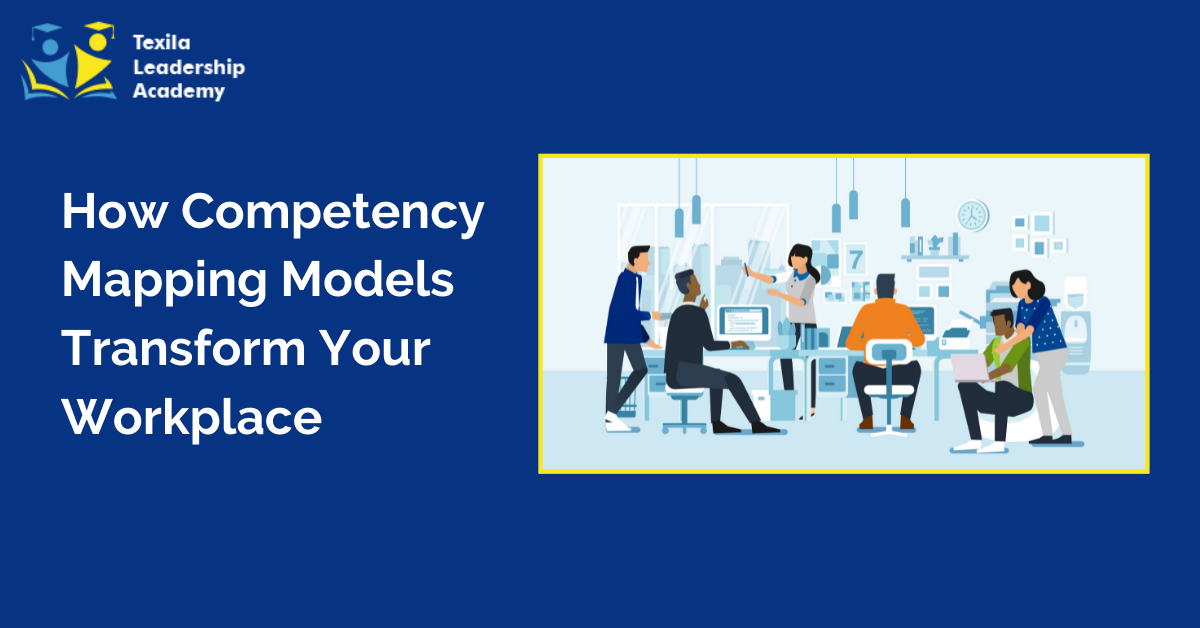A competency is an underlying characteristic of the person that leads to or causes effective or superior performance – Richard Boyatzis.
In the current world, HR people struggle with unlimited difficulties in finding a skilled person matching the work demands of the organization. An organization is the collection of multi-skilled people performing multiple tasks.
The role of HR is to find the skillset gap between the employee and employer. And there comes the competency mapping that fills out the skill gap of the employees. It provides the right set of training to the employees resulting in better work performance.
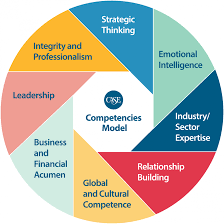
Generally, competency is expressed in a conceptual equation as follows:
Competency = Attitude x skills x knowledge
Let us delve into competency mapping and how it influences the development of an organization.
What Is Competency Mapping?
Competency mapping identifies the specific skills, attitudes, and knowledge essential for performing the task effectively for an organization.
Competency Mapping Helps You In
- Analyzing the strengths of a person and the development areas leading to a better comprehension of career growth.
- Assessing the individual skills matching the job responsibilities with the expected competencies.
- Foreseeing the development requirements of the organization helps in staying ahead in the competitive industry.
Why competency mapping is important
The competency mapping process raises the internal employee mobility leading to the better scalability and flexibility of the organization. It schedules the employee training and performance appraisals through a constructive feedback framework for the organization.
Competency mapping outlines the employee developmental activities and the promotional actions of the organization. It transforms the organization’s productivity and supports employee work towards goal-oriented with a cost-effective approach.
No more overrun cost due to poor employee performance or miscommunication between employees and management
Objectives of Competency Mapping
The primary objective of competency mapping is to transform your business efficiently with effective operations and withstand the competitive world.
- It recruits the right set of people matching the specific job role of the organization.
- It sets up the standard for the technical expertise and creativity of the employee performance to assist in attaining the business goals.
- Implementing competency models helps the managers plan for the training, developmental activities for the employees and the organization.
- Competency mapping ensures greater transparency in pulling out the triggers for specific job roles.
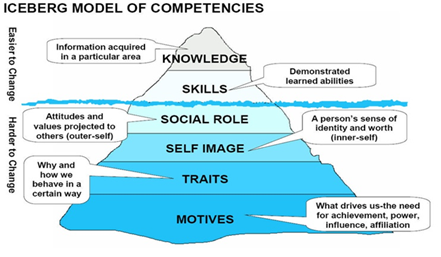
Advantages of competency mapping
- Supports career management and increases employee self-awareness.
- Assists in carrying out the promotions and arriving at a better internal decision.
- Monitor the performance of employees across the departments and organization.
- Works in framing goal-oriented training by providing gap analysis reports.
- Evaluates job descriptions and recognizes new leaders for the organization’s functionality.
Types of Competency Mapping
The competency mapping process includes various types based on the performance.
- Threshold Competency –Sets up a threshold to identify the employee performance.
- Differential Competency – It identifies the unique individual skills by differentiating their performance from others.
Types of competencies based on the workplace
- Job-based competency – Determines the technical intelligence and behavioral competency skills required for the job.
- Leadership – Competency – Integrates competency-based approaches in leadership helps the organization identify the future leaders of the work environment. It assists in building better rapport with the management leading to a productive pathway.
- Firm-wide competency – This type of competency is implemented in the entire organization regardless of the job roles, hierarchy level, and organization location.
Let us check out the popular contrasting competency mapping model types.
- Generic and specific competency – Generic applies for all the positions in an organization, whereas specific applies for the particular job role.
- Differentiating and Threshold Competencies – It distinguishes superior skills of an employee used in carrying out the task. In contrast, the threshold sets up a specific skill value for a job role.
- Behavioral and Functional Competencies – The former competency analyzes the behavior pattern of employees. In contrast, the second one focuses on the technical and functional expertise over the particular domain.
Process of Competency Mapping
Step 1 – Develop a framework for the core competency of the organization.
The organization leadership should possess brainstorming ideas that support problem-solving, decision making, and communication skills.
Step 2 – Set the competency assessment levels for all designations.
When you want to recruit knowledgeable and exceptional skilled, employees utilize competency assessment by providing the position information questionnaire while conducting the interviews.
Step 3 – Prepare the job description based on the competency mapping model.
When you prepare a job description, it helps the individuals understand the duties and the relationships associated with the job role. The main advantage of competency is to evaluate the employee’s performance over the same criteria.
Step 4 – Competency-Based Matrix
New employees always look for career progression once they clear each competency level.
Step 5 – Plan for the individual development
Job descriptions and performance appraisal process based on the competency mapping executed by the HR professional identify the strengths and weaknesses of the individuals. Planning for the right training resources helps in better productivity.
Methods of Competency Mapping
Numerous competency mapping methods assist in identifying and developing individual skills along with the organization’s growth. Let us look into the predominant approaches used by the majority of the companies.
Competency Mapping Process-Based Interview
An interview can fall under any one of the categories such as structured, semi-structured, or unstructured based on the employee. Frame the interview questions such that it highlights the employee’s abilities, knowledge, and behavior pattern of the employee under specific conditions.
The questionnaires should relate the candidate’s previous job experience with future job responsibilities. The major drawback of this technique is biasing due to the subjective type of questions, and it is better to avoid flow distortion.
Questionnaires
Prepare standardized questions based on competency mapping, whereby the employees can fill it.
- The standard metric questionnaire evaluates work performance based on five domains such as physical, decision making, contacts, background, and work.
- Functional job analysis is a qualitative process determining the behavior and action of the employee containing seven sections like data, reasoning, language, people, commands over the work, and things.
- Multipurpose occupational system analysis inventory method gathers the information through a personal management system with the chief parameters of tasks and competencies. Each parameter is set to different values to measure the task performance of the employee.
- Occupational analysis inventory evaluates the job in terms of mental activities, work objectives, context, behavior pattern, and information received. Position analysis questionnaire measures the job responsibilities in terms of input given to the employee, mental processes, output received from the employee, relationships, and work context.
Assessment Center
Evaluate the candidate’s performance and learning developments associated with the job responsibilities. Candidates made to work in various scenarios under the observation of a trained assessor.
The assessor will determine the skills and aptitude of the candidate that matches the current and future job role.
Critical Incidents Technique
The critical incidents technique is the competency mapping methods used to gather and analyze the data with the specific job behaviors that impact the employee failure or success. Collect the data related to critical events through interview questionnaires. After that, categorize the events according to the job responsibilities assists in finding the performance gaps of the individuals.
Psychometric Tests
Psychometric tests evaluate the behavioral patterns and mental abilities of employees with the use of scientific tools. Psychometric assessments include aptitude, personality, and achievement tests.
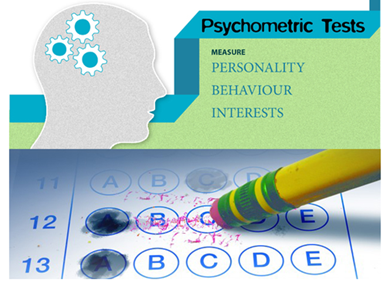
Aptitude tests assist in discovering individual skills and indulge them with appropriate training to gain knowledge. Personality tests determine the characteristics of the employee that forms the behavior pattern. Achievement tests examine the proficiency level of employees under the specific domain.
Example of Competency Mapping
The competency mapping process involves identifying the knowledge of the employees, the attitude, and the traits of the employees. The following report gathers the employee data for competency mapping analysis. Check out the detailed analysis report here.
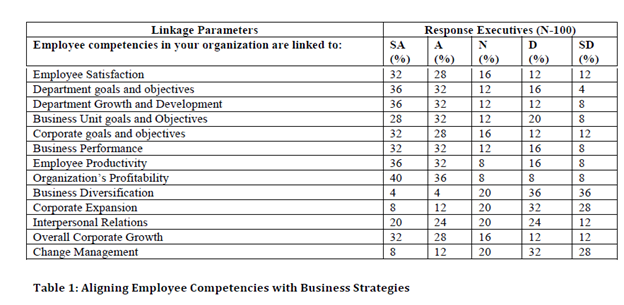
The respondents ranging between 75 to 80% state that the competency of employees aligns with the business strategies. Employee performance shows positive results leading to the overall growth of the organization. Analyzing the critical competency of the organization helps to find out the performance gap of the employees.
Competency Mapping Tools
The rising need for competency mapping tools has paved a new way to the search for the right set of tools for the organization.
Here are the few competency tools for workplace
- Interview Questionnaire
- Task forces
- Group Work
- Repertory Grid
- Personal Competency Inventories
- Learning resources
Acquire the secret key for success now!
Competency mapping helps to learn more about the employee with a good perspective during the completion of each level of the mapping process. It improves the employee skills along with the growth of the organization.
Not only is your employee appraisal process structured with the competency mapping, but also it assists in identifying the right talented person for the job description by rejecting the incapable candidates.
When you follow the competency mapping process reduces the recruitment cycle as you recruit candidates who can function efficiently and effectively from the first day in the organization.
Thus competency framework has become essential for every successful organization facilitating a productive work environment moving towards the business goals.

